As one of the safest plastics, Low-Density Polyethylene (LDPE) is integral to our daily lives.
Its applications range from food packaging to medical supplies.
However, where does LDPE’s safety lie specifically?
In this article, we will deeply explore the properties, applications, and various safety-related aspects of LDPE, revealing the real answer to the question, “Is LDPE safe?”
What Is LDPE?
Low-Density Polyethylene,often abbreviated as LDPE,also known as High-Pressure Polyethylene , is the lightest variety within the polyethylene resin family.
It is synthesized under high pressure, ranging from 100 to 300 MPa, using oxygen or organic peroxides as catalysts.
LDPE resin typically appears as milky white, odorless, tasteless, non-toxic, and has a matte, wax-like surface with a density of 0.910 to 0.940 g/cm³.
It was first commercially produced in the early 1940s as insulation for electrical wires.
Compared to HDPE plastic, LDPE has a lower crystallinity, typically ranging from 55% to 65%, with a softening point between 90 and 100 degrees Celsius.
It combines excellent flexibility, extensibility, transparency, cold resistance, and ease of processing.
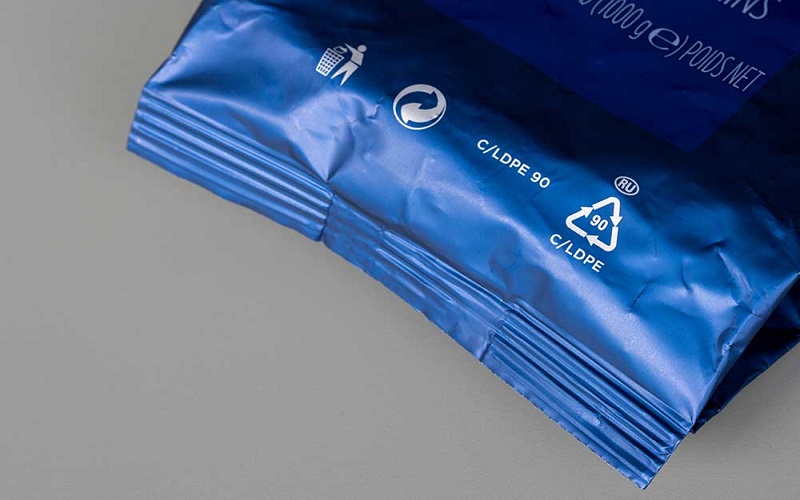
The Composition Of LDPE
LDPE is a copolymer formed by the polymerization of ethylene with a small amount of higher α-olefins, such as butene-1, hexene-1, octene-1, and 4-methylpentene-1, under the influence of catalysts.
Given its unique synthesis process, it is evident that the primary composition of LDPE does not include certain elements or compounds.
Specifically, LDPE does not contain substances such as phthalates, polystyrene and Bisphenol A (BPA).
Therefore, it is a safer choice for various applications, especially those involving contact with food and packaging.
Apart from its composition, the processing techniques in plastic manufacturing are vitally important for ensuring safety.
In the subsequent sections, we will delve into the distinctive aspects of LDPE’s manufacturing process.
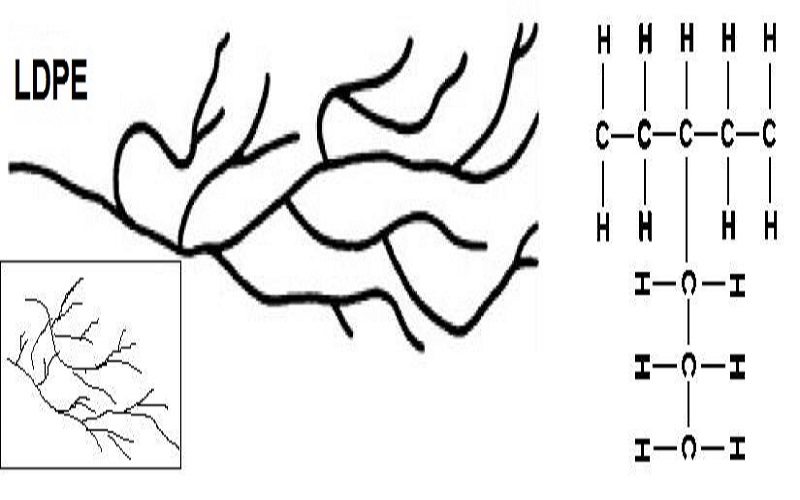
How to Manufacture & Process LDPE Plastic?
In the competitive world of polyethylene resins, the processes of blow molding and injection molding using conventional LDPE have become relatively stable.
LDPE’s melt viscosity is lower than that of PVC, offering good flow properties, and it already possesses excellent moldability without the need for added plasticizers.
LDPE injection molding, as one of these key processes, is commonly used to manufacture household items like containers, lids, and storage boxes.
Thanks to LDPE’s exceptional flexibility, its injection-molded products can withstand bending and twisting without breaking, which enhances the product’s lifespan.
Additionally, LDPE exhibits good resistance to various acids, alkalis, and oils, making it suitable for applications that require chemical resistance.
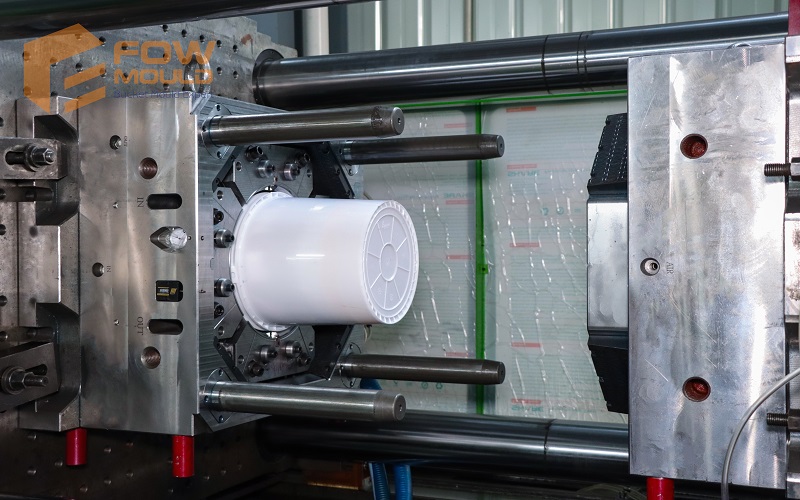
Plastic Safety:Is LDPE Safe For Food?
In the plastic container industry, the bases of containers are often marked with a plastic identification code ranging from 1 to 7.
Among these, numbers 2, 4, and 5 represent safe food-grade plastics.
The number “4” stands for LDPE, which is commonly used for packaging candies, vegetables, and frozen foods due to its lightweight and non-toxic, odorless properties.
Unlike PVC cling film that contains the plasticizer DEHP, LDPE plastic films usually do not contain any toxic components or harmful substances.
However, this material’s cling film is not highly heat-resistant.
At temperatures exceeding 110°C, it can undergo thermal melting, leaving behind plastic compounds that the human body cannot decompose.
Therefore, it’s important to remove the cling film wrapping food before placing it in a microwave oven.
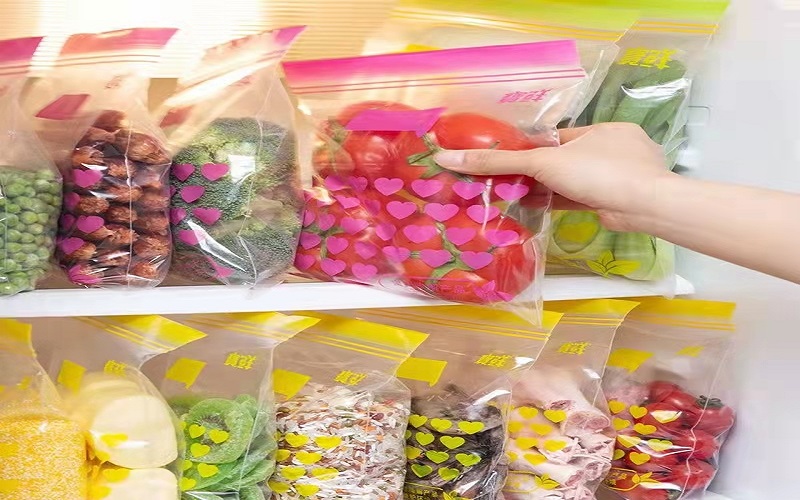
LDPE In The Medical Industry: Safety Warriors
As the demand for polyethylene materials in the medical product sector increases, LDPE has become a key material safeguarding medical safety.
The non-linear structure of LDPE gives it a crystallinity of about 65% and a softening point of 115°C.
This makes it suitable for blending with other plastics to modify into medical packaging bags, intravenous fluid containers, and more.
Moreover, LDPE resin can be compounded with various polyolefin materials to form a film that can be thermally welded into soft bags.
These medical bags are capable of withstanding sterilization heat treatments at 100°C or higher, ensuring they meet the basic requirements for medical safety and hygiene.
In addition, the chemical inertness of LDPE makes it a reliable choice for packaging sensitive medical materials, significantly reducing the risk of contaminating the contents.
This aspect enhances its suitability for a broad range of medical applications, ensuring both safety and reliability in medical packaging solutions.
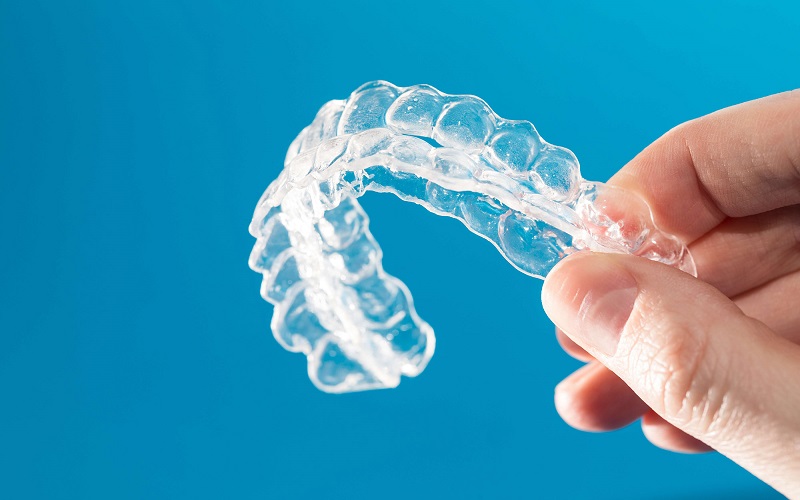
Comparison Of LDPE And Other Materials
Among the various plastic materials, LDPE stands out for its excellent extensibility, chemical stability, and low-temperature resistance.
In discussions about safety, it also demonstrates its unique characteristics.
Compared to PS, LDPE is a safer choice for applications involving food.
This is because PS can leach styrene, especially when heated, whereas LDPE does not pose such a risk.
Furthermore, unlike PVC which contains plasticizers, LDPE maintains its softness and elasticity without these plastic additives.
In addition to these materials, the following table provides a detailed comparison of the performance characteristics of HDPE, LDPE, and LLDPE for reference.
HDPE | LDPE | LLDPE | |
Density (g/cm3) | 0.940-0.976 | 0.910~0.940 | 0.915~0.935 |
Crystallinity (%) | 80-90 | 45-65 | 55-65 |
Softening Point(℃) | 125-135 | 90-100 | 94-108 |
Mechanical Properties | High strength, good toughness, strong rigidity | Lower mechanical strength | High strength, good toughness, strong rigidity |
Tensile Strength | High | Low | Relatively high |
Impact Strength | Relatively high | Low | High |
Resistance to Environmental Stress Cracking | Good | Fairly good | Good |
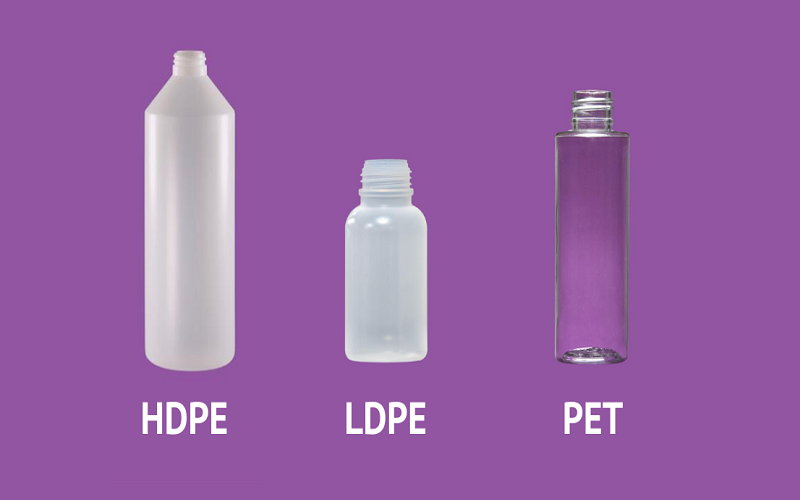
The Environmental Impact Of LDPE Plastic
Despite the numerous conveniences that LDPE brings to people, its environmental impact cannot be ignored.
Firstly, the raw material for LDPE, ethylene, is derived from refining petroleum or natural gas, processes that generate a significant amount of pollutants and greenhouse gases.
Thus, the environmental challenge for LDPE begins right from its source.
The use of LDPE mainly involves plastic bags, packaging materials, and similar products.
These items typically have a short lifespan, being mostly used only once before being discarded.
Since LDPE is a non-degradable plastic, these waste products affect the fertility of the soil and the cleanliness of water bodies, causing irreversible damage to ecosystems.
In theory, LDPE can be recycled, but the recycling rate is limited by local facilities and technology.
Not all areas have sufficient resources to effectively recycle LDPE, leading to its potential disposal in landfills or incineration in some regions.
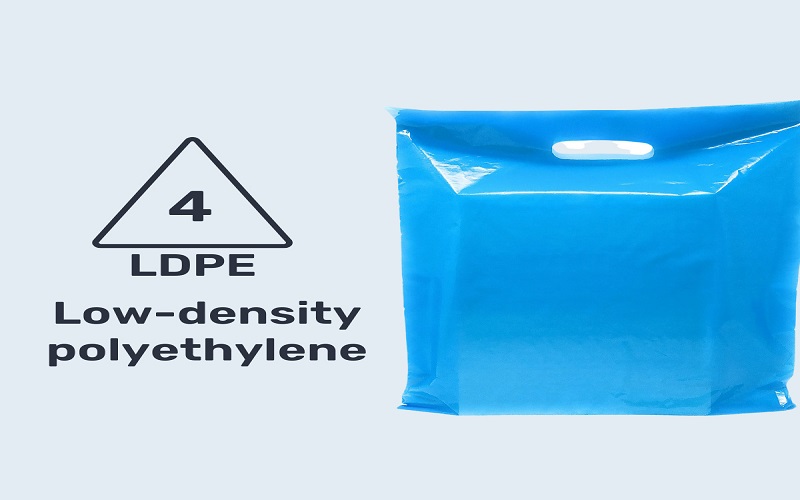
How To Use LDPE Safely?
As public awareness of health issues continues to grow, the safe use of plastic products has garnered increased attention.
Many countries and regions have established specific regulations and standards to enhance the safety of LDPE products.
For instance, in the United States, LDPE products intended for food contact must comply with FDA regulations, while LDPE used in children’s toys or infant products should meet the standards set by the CPSIA of the USA.
Regarding the recycling and disposal of LDPE, increasing recycling rates and raising public awareness about environmental protection are key measures to mitigate the environmental impact of LDPE.
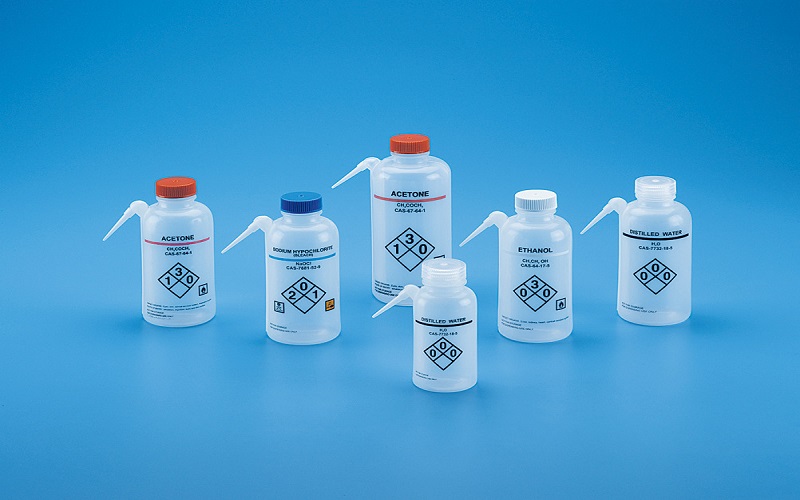
Conclusion
Overall, LDPE is generally considered safe, especially for food packaging and containers, due to its chemical stability and non-toxicity, complying with stringent standards like the U.S. FDA.
Widely used in various products, LDPE should be avoided in high-temperature applications like ovens or microwaves.
While recyclable, the environmental impact of its production and disposal should be considered, emphasizing the importance of following proper recycling and environmental management practices.
